When and how should you prune lavender?
Many wild plant species require special attention and care when breeding at home. For example, lavender needs pruning for cultivation. The procedure is necessary at different stages of plant development, it has a beneficial effect on the appearance and health of the flower.
When is lavender pruned?
Over time, the stems of the flower become hard and thick. An overgrown lavender bush loses its attractiveness and blooms worse. Without a haircut, the decorativeness of the plant deteriorates, it loses its beautiful compact shape.
Advice
In the first year of life, lavender is not pruned. The plant is given time to grow stronger, take root well and gain strength for a beautiful flowering in the future. For the same purpose, it is advisable to remove the few flowers on the first-year lavender. The first time a haircut is carried out after the first wintering of the plant.
The procedure is repeated annually, at the beginning and end of the growing season. With age, if pruning is done correctly, lavender will bloom more luxuriantly.
- Summer pruning.
In the southern regions, pruning is carried out after spring flowering. The most appropriate time is when the lavender has almost completely faded away, but there are single blossoming inflorescences and the seeds have not yet set.
In the northern regions, this type of pruning is not carried out: the plant does not have time to complete the repeated flowering cycle before the onset of cold weather, which leads to freezing of the plantings. In the northern regions, haircuts are performed in autumn, at the end of the growing season.
- Autumn and spring
Pruning is done in the fall to help the plant survive the winter. Long stems are more susceptible to lower temperatures and cold winds - the likelihood of some of the plants freezing increases. Sometimes lavender is pruned partly in the spring and partly in the fall to minimize stress. Spring pruning is mainly of a sanitary nature: shoots that have frozen over the winter, dry and damaged branches are removed.
Basic rules for pruning lavender
A few tips will help you get the job done right.
- Use a clean instrument. A sharp pruner works best: it makes even cuts without notching.
- When cutting, the bushes are most often formed in the form of a circle or semicircle. Sometimes large areas are cut at the same height, creating spectacular group plantings.
- Lavender pruning is carried out approximately 3 cm above the lignified part - only herbaceous shoots are removed. Some of them are left, because only from young stems for the next season new shoots appear. A radical procedure can lead to the death of the plant.
- Old specimens (over 8-9 years old), which have lost their decorative appearance, are sometimes given an extreme haircut. Almost the entire aerial part is cut off, including lignified shoots. In the spring, lavender either sprouts or dries up. The lost bushes are removed, and the renewed plants will be able to delight with beautiful flowers for a long time.
Pruning features
Simple tips will help you carry out the procedure effectively.
- In nature, lavender looks like an unkempt bush with a bare bottom. The main purpose of pruning is to give the plant an attractive appearance. Shortened specimens acquire a beautiful bushy shape, becoming more lush.
- When pruning for the winter, the lignified parts of lavender do not touch: they are prone to cracking when damaged and grow poorly. On grassy shoots, about 3 cm is left. This length reduces the risk of damage from strong wind or snow.
- When the seeds ripen, the plant spends a lot of energy, so the summer haircut is carried out before the ovary appears.
- To make lavender oil, flower shoots are cut during the day, immediately after the mass flowering. After a week, the concentration of the beneficial substance gradually decreases.
- It is appropriate to organize an extreme haircut on old plants in two stages. First, half the shoots are strongly cut off at a height of about 8 cm. When new shoots wake up in the damaged areas, the second part of the plant is sheared. In very hot weather, there is a high risk that the lavender will not grow back, at this time the procedure is not performed.
Beneficial features
The trimmed parts of the plant are not thrown away. Lavender is widely used for cosmetic and medical purposes. Useful tea and tinctures are brewed from fragrant inflorescences, which are used to treat various diseases. Lavender oil is obtained from a spicy plant - a popular cosmetic product. Dried stems are used to form beautiful bouquets for interior decoration. Fancy ikebana can be created on your own, they will delight with their appearance and recognizable spicy aroma.
Plant care
Lavender will appreciate planting in a sunny and hot location. In the shade, it will not reveal all its beauty, it will bloom badly. Dislikes too moist and heavy soils. The soil is not very nutritious, alkaline, with good drainage ability. Wood ash or lime is added to the soil with high acidity.
The flower does not require careful maintenance, grows well without fertilization and frequent watering. High humidity can lead to the development of fungal diseases. Additional moisture is carried out during prolonged droughts so that the quality of flowering does not suffer.
In the spring, at the beginning of the growing season, organic fertilization can be carried out. This procedure is well replaced by soil mulching, especially on old lavender plantings. Excess organic fertilizers lead to the fact that the plant "grows fat" and does not bloom well. At the beginning of summer, potash-phosphorus fertilizers are applied. Mineral dressing has a positive effect on flowering.
Lavender plantations can withstand temperatures up to 20-23 degrees below zero. In the southern regions, shelter is not required in preparation for winter. In the middle lane, it is appropriate to hide lavender under spruce branches, but it is not recommended to cover it with straw or leaves - under these materials the plant can rot and rot. It is useful to cover with snow, its thick layer retains heat well.
Advice
In cold areas, narrow-leaved lavender is used. This species adapts better to low temperatures.
If necessary, carry out a lavender transplant. At the same time, they try to preserve as many roots as possible. They are transferred to a new place no later than two months before the establishment of cold weather, so that the bushes have time to take root.
Lavender grows well in a pot. This method is often used when growing in regions with cold climates, so that you can move the plant indoors for the winter.
Cultivated crops of lavender live up to thirty years, however they are rarely grown in one place for more than a decade. The flower is actively used in landscape design to create spectacular borders. The plant looks beautiful in the alpine slides. Lavender is unpretentious, but seasonal pruning of spicy melliferous plants should be done regularly. The procedure will allow you to admire the bright flowers and enjoy the unique aroma of the plant for many years.
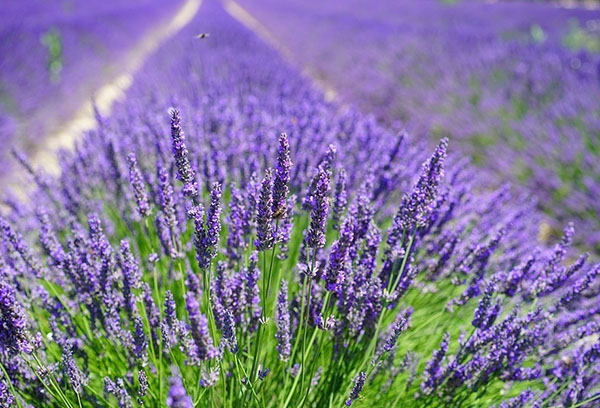
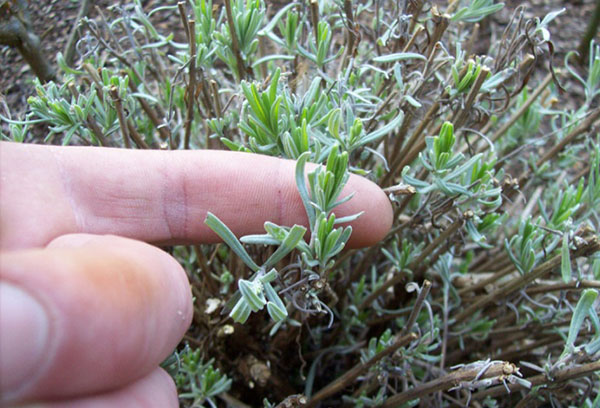

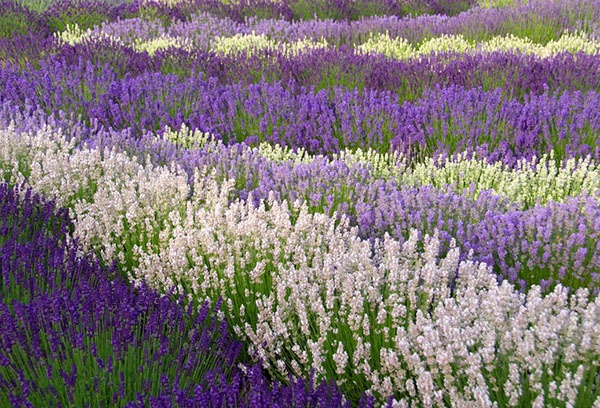
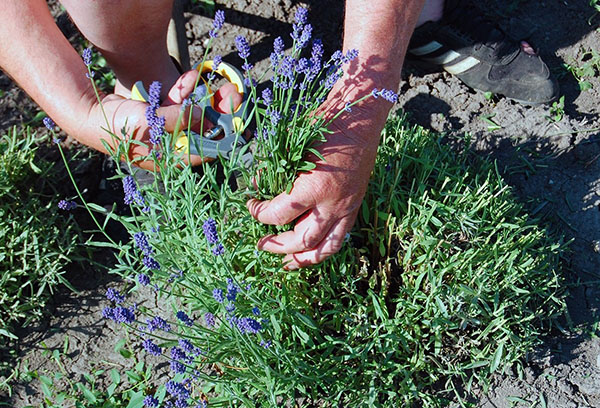
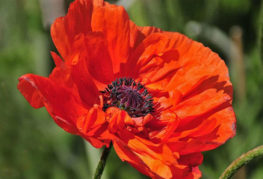
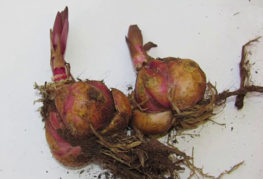
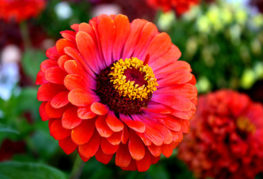
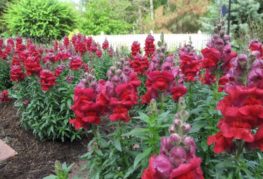
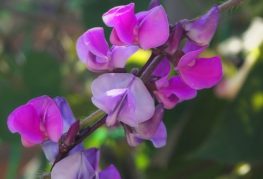
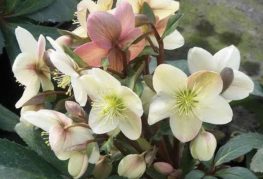
and will be published shortly.